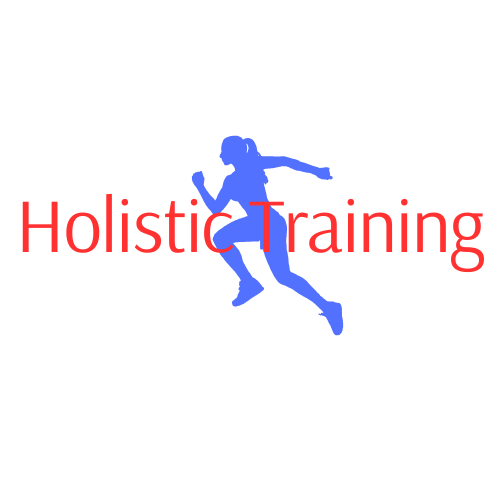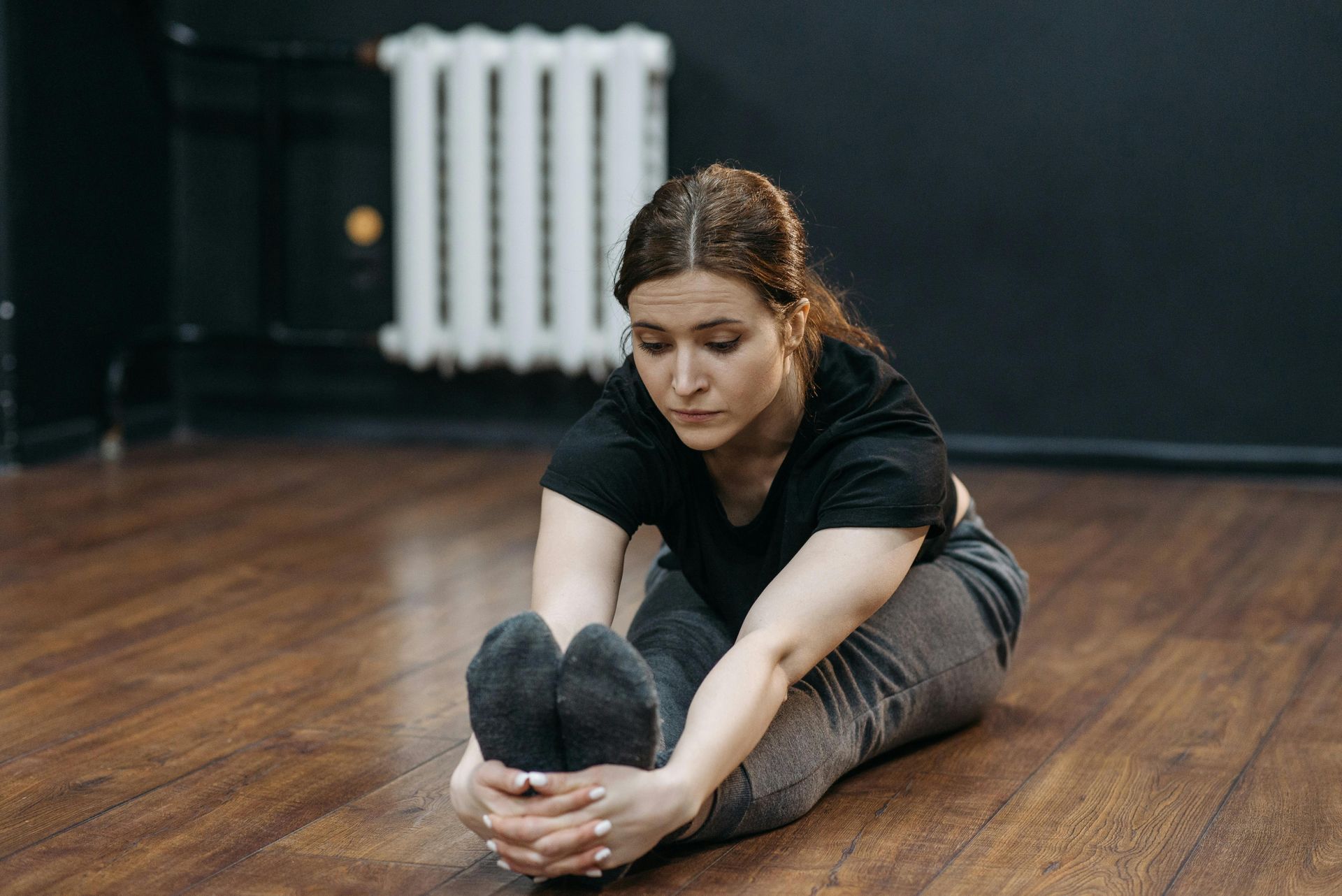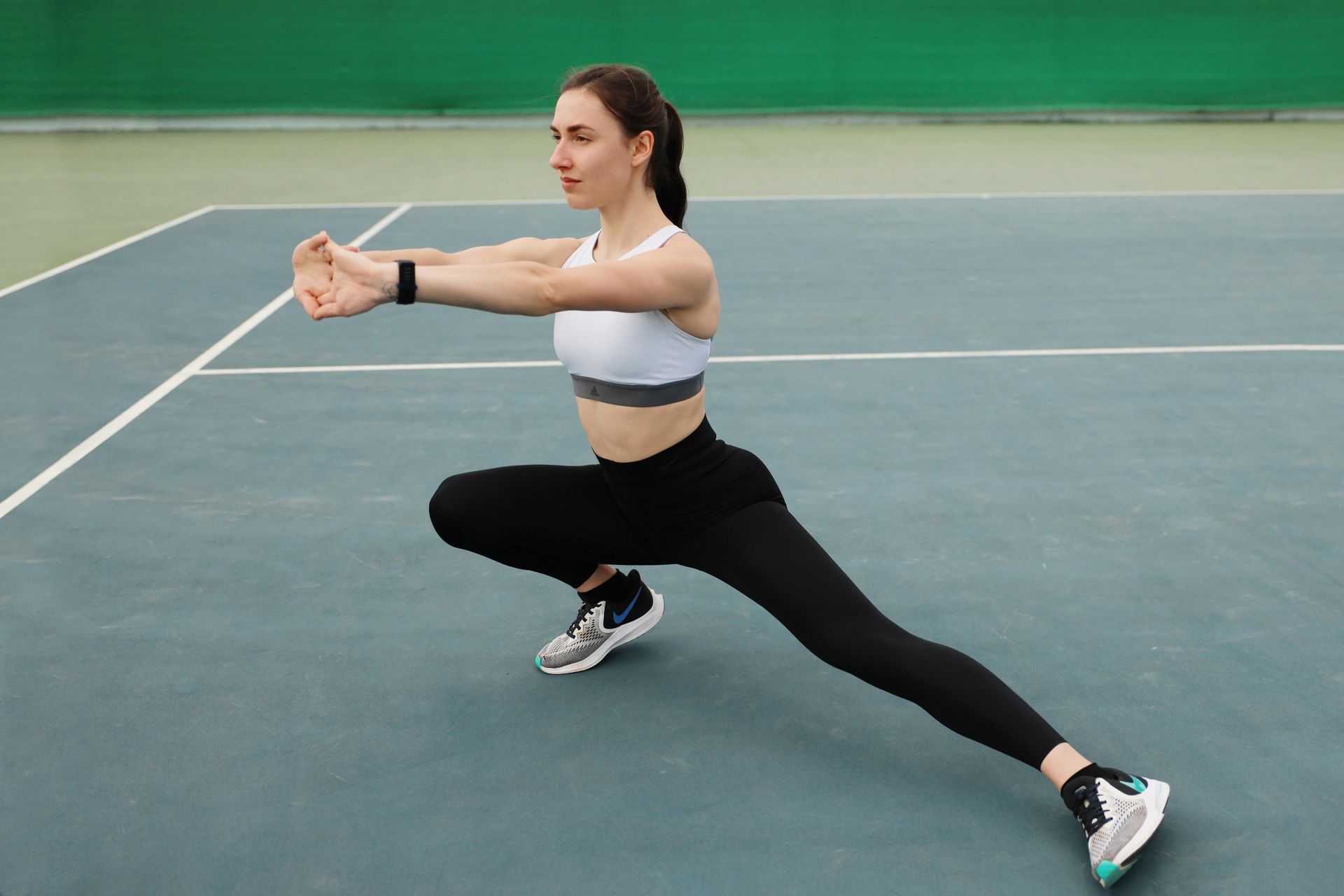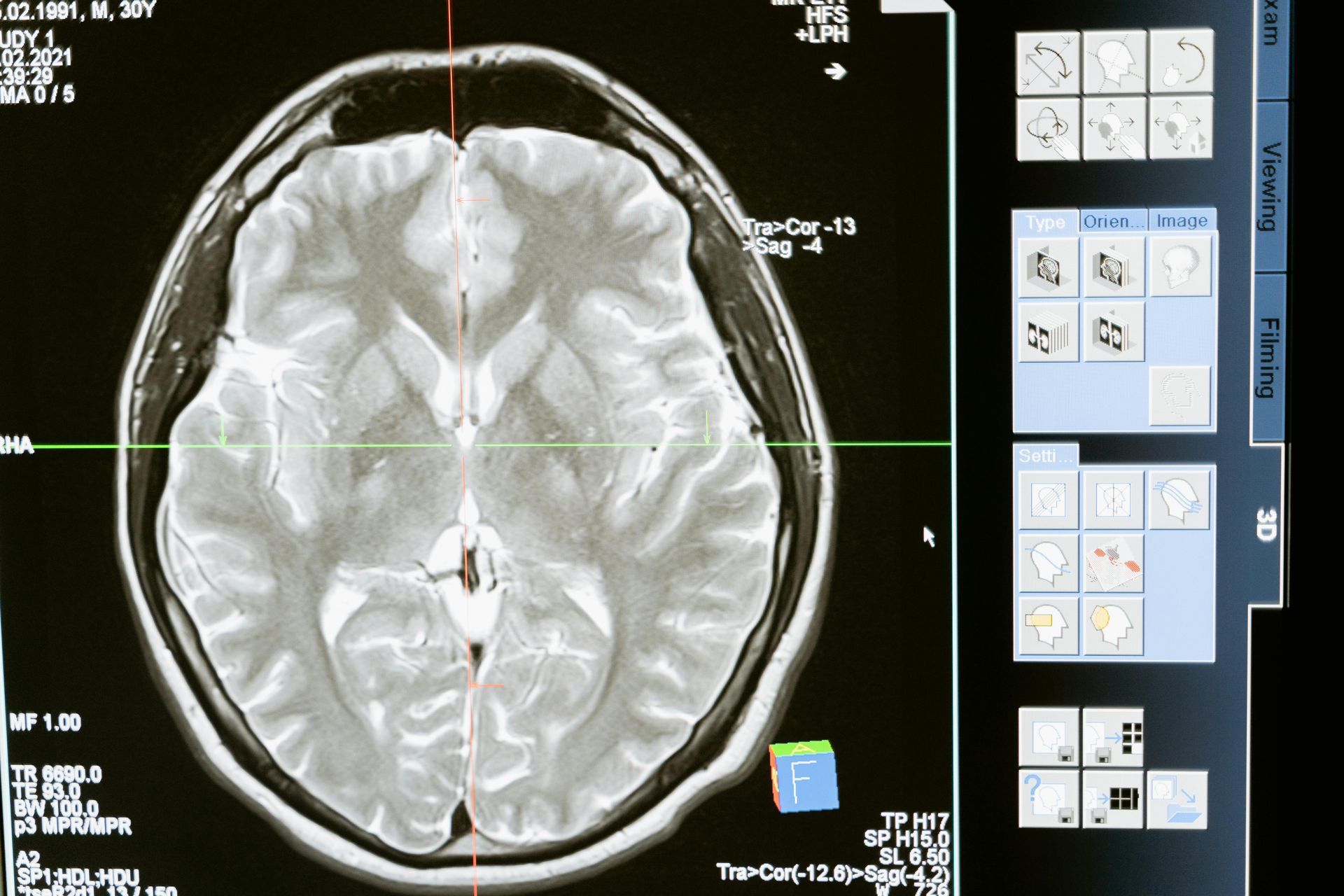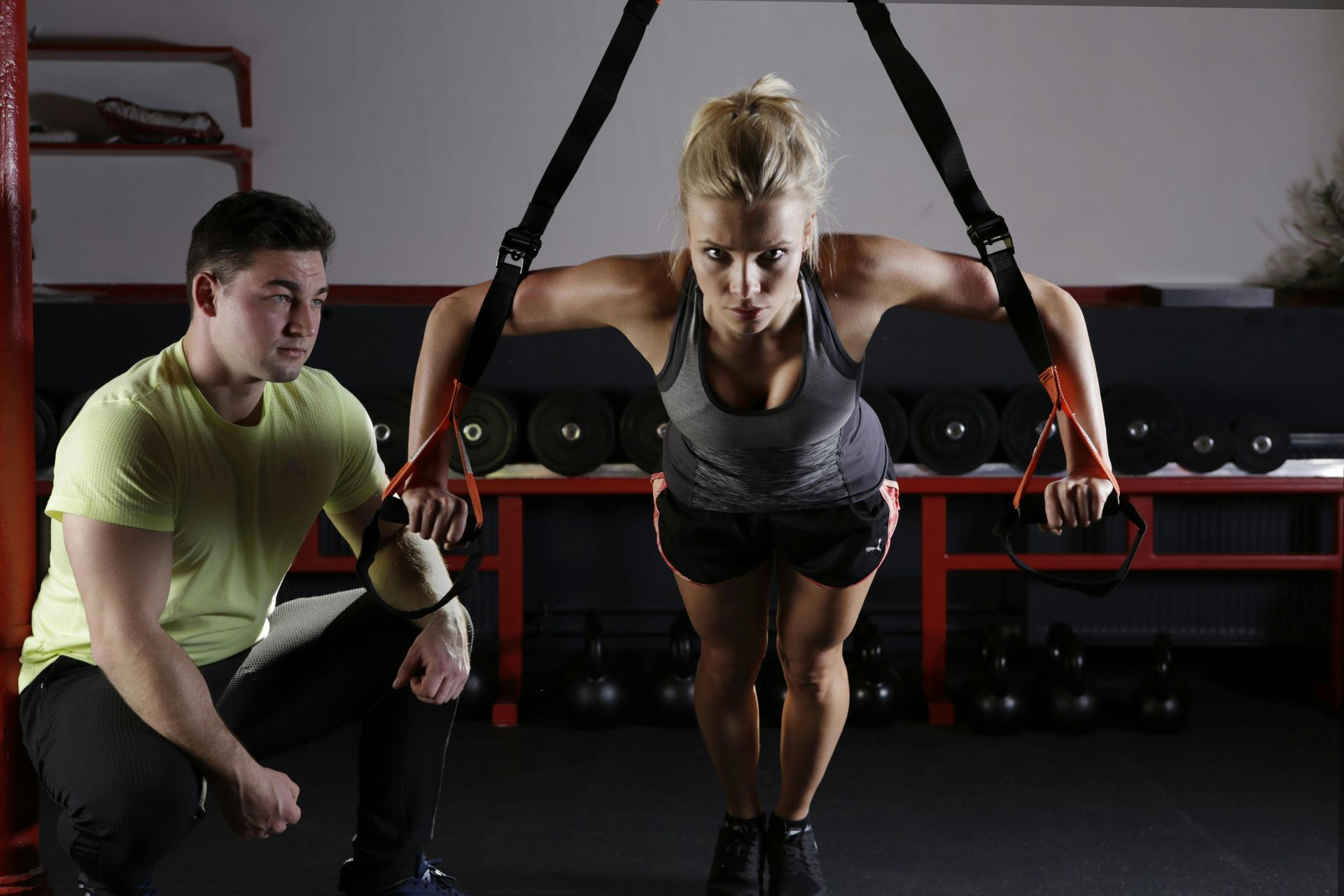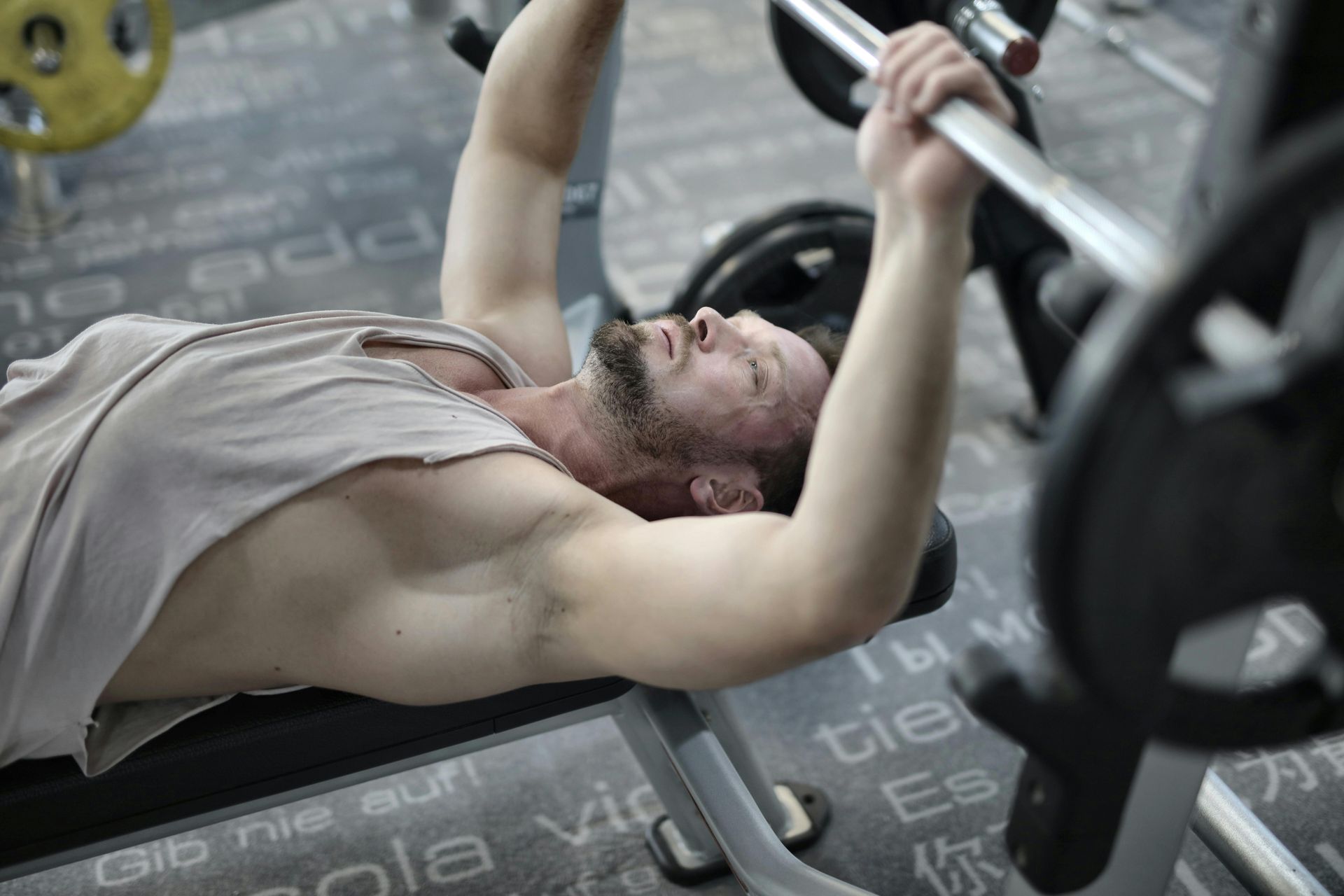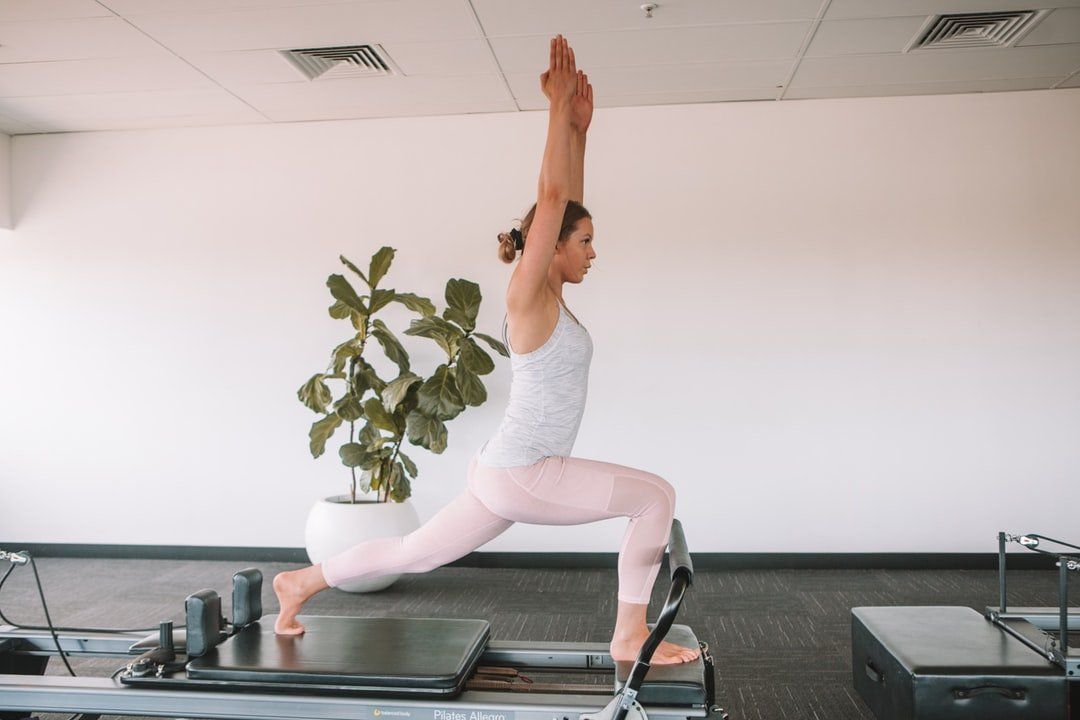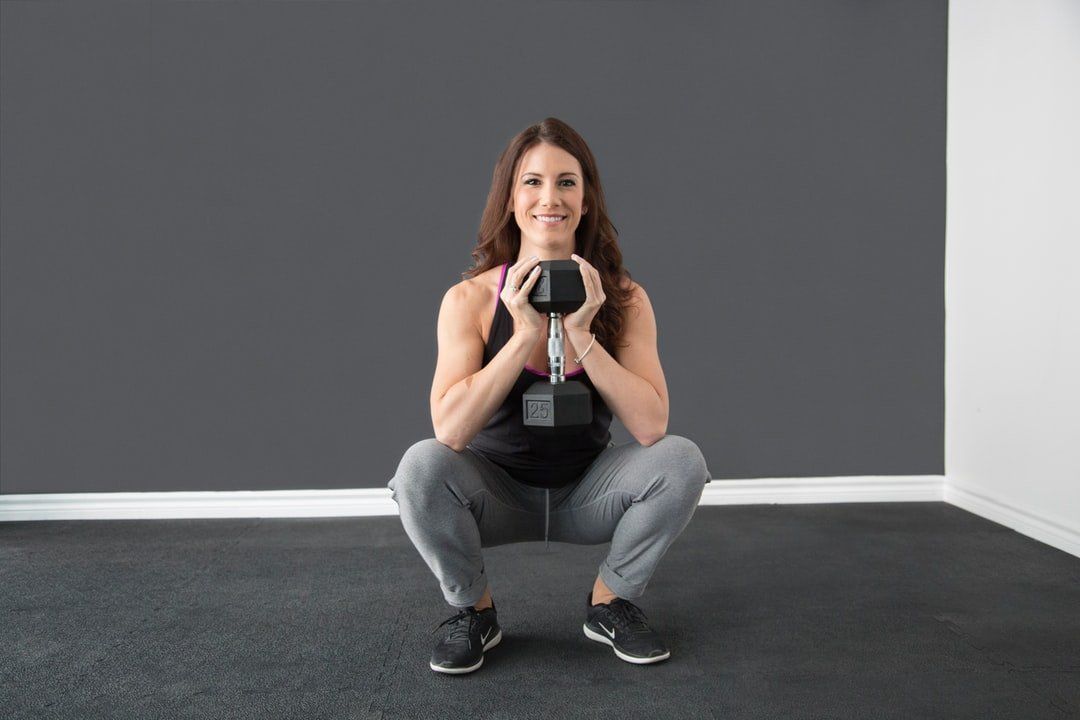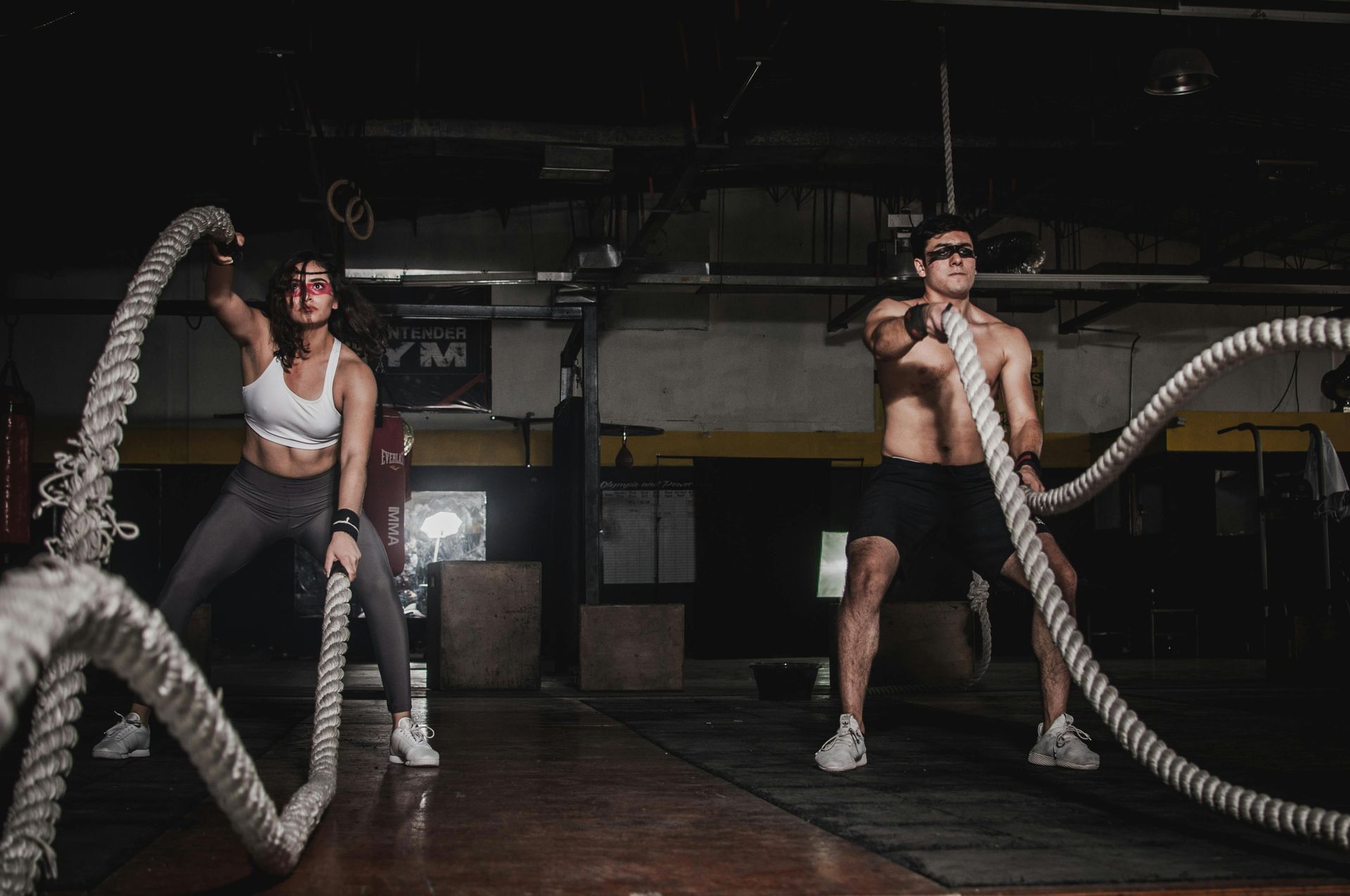Mindfulness, Meditation & Breathwork for Athletic Performance and Recovery
A Guide

In previous blog posts titled “6 Psychological Benefits of Exercise” and “Mindfulness and Exercise”, I discussed how increased mindfulness is one of the mechanisms behind the positive impacts exercise can have on one’s psychological well-being. I also discussed how mindfulness may impact exercise performance, including its ability to influence heart rate variability (HRV), which is the variation in the time between consecutive heartbeats and is considered an indicator of the autogenic nervous system’s (ANS) ability to regulate bodily functions. A higher HRV generally reflects a greater adaptability and resilience of the ANS, indicating a healthy balance between the sympathetic (“fight-or-flight”) and parasympathetic (“rest-and-digest”) branches of the ANS. In other words, it is a way to gauge a system’s ability to recover.
This particular relationship is of interest to me both as an athlete and as a coach, so I decided to dig a little deeper. I was also curious about a particular mindfulness practice known as breathwork and how it can also be applied to enhancing athletic performance. This post will cover what I have found in the literature – which appears to be a relatively cutting-edge area of research – as well as what I have found with my own experimentation with meditation and breathwork as applied to lifting and swimming.
Defining Key Terms
First, this discussion requires a clear understanding of what I mean when I talk about mindfulness as a broad category as well as the subcategories of meditation and breathwork that can fall under the mindfulness umbrella. Let’s start with mindfulness.
Mindfulness is an awareness associated with paying attention and involves intentionally focusing your awareness, bringing your attention to what is happening right now (rather than dwelling on the past or worrying about the future), observing your thoughts, feelings, and sensations without evaluating them as good or bad, or right or wrong. Mindfulness is a way of relating to your experiences with openness, curiosity, and acceptance. It’s about being fully present in your life and observing your thoughts and feelings as they come and go without getting carried away by them.
While mindfulness is the quality of being aware and present in the moment without judgement – a state of mind that can be cultivated and brought into any activity – meditation is the practice you can engage in to strengthen your ability to be mindful. It is a deliberate exercise for training your attention and cultivating this quality of awareness. So while mindfulness is a broader concept – a way of being – meditation is a specific set of techniques that you use to develop and deepen your capacity for mindfulness.
Breathwork, when viewed as a mindfulness practice, involves intentionally focusing on and regulating your breath as a means to cultivate present moment awareness. It often focuses on conscious control and manipulation of breathing patterns. Similar to traditional mindfulness meditation where attention might be directed to thoughts, feelings, or bodily sensations, breathwork specifically uses the breath as the primary anchor for attention. By consciously observing the rhythm, depth, and sensation of each inhale and exhale without judgment, breathwork helps to quiet the mental chatter, reduce distractions from past or future worries, and bring your awareness to the current moment.
So what does the literature have to say about the relationship between meditation, breathwork, and HRV? I previously noted that mindfulness practices can lead to an increase in parasympathetic nervous system (PNS) activity, which is often reflected in higher HRV. This shift toward parasympathetic dominance is associated with relaxation, stress reduction, and improved emotional regulation. However, while many studies show a positive association, it should be noted that some research has yielded inconsistent results. Thus, while the jury is still out regarding a definitive relationship, the data do seem promising. Let’s take a closer look at that data.
A Summary of the Scientific Research
First, allow me to clarify that I am most interested in the impact of meditation and breathwork on inter-set recovery, or the amount of time required to recover between sets during a workout. Recovery, in this context, is the ANS’s ability to return the body to an optimal state of performance. In the cases of swimming or lifting, it’s the amount of time it takes the body to return to a state in which one can perform at a desired intensity and/or duration.
A
study published in 2020 by Chang et al. suggests that Zen concentration and inward-attention meditation practices lead to improvements in HRV. Another
study published in 2019 found that Heartfulness Meditation (HM) positively affects HRV by increasing vagal tone. I think this study in particular is worth a closer look.
First, the authors of the study define HM as a heart-based meditation practice that focuses on redirecting the mind toward the heart with the goal of achieving a state of mental equilibrium. The results of the study more specifically found an increase in overall HRV, and enhanced parasympathetic activity and dominance by increasing vagal tone (the activity level of the vagus nerve, a key component of the PNS). The findings of the study suggest that HM could have several potential benefits for athletes and their training, including improved recovery, improved adaptability, improved stress management and resilience, and enhanced adaptability.
It should be noted that this study involved healthy subjects, not athletes in particular, and further research is needed to confirm these benefits in athletes across different sports. The study also involved a specific kind of meditation. It might be the case that different kinds of meditation may have different effects on HRV. After all, the 2020 paper suggests specific kinds of meditation (such as inward-attention meditation and Zen concentration meditation) were associated with improved HRV, but not all. What might the rest of the research suggest about different meditation techniques?
A 2022 meta-analysis of 19 randomized controlled trials investigated the effects of mindfulness and meditation-based interventions (MBIs) on vagally-mediated HRV. The findings suggest that MBIs did not significantly increase resting-state HRV compared to control conditions (though the authors do acknowledge “a small, but potentially meaningful effect that warrants further investigation”). However, the researchers noted high variability across studies, which to me suggests that a variety of meditation techniques were examined.
A 2008 paper by Phongsuphap et al. discusses the relationship between changes in HRV and concentration mediation. The authors found “that meditation may have different effects on health” depending on the specific breathing rate (breaths per minute) that leads to the maximum amplitude of oscillations in HRV in response to respiration. This is known as “frequency of resonant peak”. In simpler terms, it’s the ideal breathing rhythm (around 4.5 to 6.5 breaths per minute) that creates the biggest changes in your heart rate in response to your breath.
This is in line with what was found in the 2020 paper by Chang et al. when they noted that Zen concentration meditation as one of the forms of meditation that had a positive effect on HRV citing a paper by Takahashi and colleagues (2005) as support. In short, Zen concentration meditation is a technique that often utilizes a focus on mindful breathing. It involves sustained attention on the breath while precluding any focus on external objects like sounds or internal visualization. Within the Zen tradition, this is a foundational practice used to prepare the mind for insight into the nature of reality and the self.
The effects of meditation on HRV vary and depend on different things like the kind of meditation under consideration as well as individual traits and skills of meditators, which explain the mixed results in the literature. In general, concentration meditation, heatfulness meditation, and perhaps some forms of non-directive meditation may have positive impacts on HRV. Keeping all of this in mind, we can bridge the gap between sitting meditation practices and breathwork as mindfulness practices.
For breathwork, Russo and colleagues (2017) observe that consciously slowing down the breath can increase HRV. Chaitanya et al (2022) found that resonance breathing (breathing at a rate of around 4.5 to 7 breaths per minute) lowers stress and blood pressure, and improves mood in addition to improving vagal tone, which enhances HRV. A systematic review and meta-analysis by Laborde et al. (2022a) concludes that voluntary slow breathing techniques lead to a significant increase in HRV immediately after training interventions. The results suggest that slow breathing can help the body be more resilient to stressors. Another systematic review and meta-analysis by Laborde et al. (2022b) found that slow-paced breathing was related to improved sport performance (with relatively large effect sizes) in longer-term interventions.
Regarding breathwork and inter-set recovery in a lifting context, a study published in 2024 investigated the effects of slow breathing (i.e., the 4-7-8 method) during 3-minute rest periods between sets of barbell back squats. It found that this technique led to greater HRV after the second and third sets compared to normal breathing in moderately trained men.
A Quick Recap
Thus far, I have discussed the relationship between mindfulness, meditation, breathwork, and HRV with a particular focus on athletic recovery. I began by defining mindfulness as a state of present moment awareness without judgment, and meditation as the practice used to cultivate this state. I presented breathwork as a mindfulness practice that specifically involves focusing on and regulating breathing to enhance present moment awareness.
The literature on meditation and HRV shows promising but sometimes inconsistent results. Certain types of meditation, such as Zen concentration and Heartfulness Meditation, have been linked to improvements in HRV. Research on breathwork consistently indicates that consciously slowing the breath and practicing resonance breathing can increase HRV, lower stress and blood pressure, and improve vagal tone.
A 2024 study found that slow breathing during rest periods between sets of barbell back squats led to greater HRV compared to normal breathing. This suggests that breathwork could be a valuable tool for athletes to enhance recovery during workouts, potentially improving their ability to maintain performance across sets.
Additionally, the link between effective meditation techniques and breathwork is the focus on the breath. Perhaps by combining the two, results can be optimized. In the next section, I will discuss some of the techniques I have been experimenting with during my swim workouts.
Applying the Research
I have been in a maximal speed/power training block the last few weeks. That means that during two out of my four weekly swim practices, I focus on sprint sets to allow my body to express as much speed and power in the water as is sustainable (without risking overtraining) in an effort to elicit greater speed and power adaptations. The trick during this particular training block is to decrease my recovery times so I can fit in more volume. My goal is to be able to sustain eight 50-yard sprints while being able to recover within two minutes of each sprint. Right now, I am at three all-out sprints for 50 yards with five 50s of sprinting for the first 25 and swimming at a moderate intensity (60-75% of maximum effort) for the second 25 while still being able to comfortably recover within two minutes.
Why two minutes? Scientific
literature suggests that power training (power is the most important training quality for sprinting) generally requires rest periods of about 3-5 minutes between sets. The primary energy system for speed/power (the ATP-PC system), especially during the first
ten seconds, generally requires a few minutes to replenish and is dependent on
oxygen availability (another reason for practicing breathwork during active recovery).
I have been able to do these workouts by slowly increasing the intensity of each 50 while practicing breathwork (resonance breathing) between each sprint. After each 50, I get out of the pool and start an
active recovery set by walking the perimeter of the pool. After a few seconds, I am able to have enough voluntary control of my breathing to start my resonance breathing. It takes a little bit of time, but I can get my breathing rate where it needs to be within about 30-60 seconds and I am able to finish walking the perimeter of the pool usually in just under two minutes. By this point, I feel fresh and ready to do another sprint and I can keep this up for eight sprints. I believe I could technically do more, but for speed and power, it’s easy to go overboard on the volume, so I am intentionally keeping it limited to eight sprints even if I could technically do more.
Of course, this isn’t the whole story. I also support my training with my meditation practice, which does involve breathwork and Zen concentration techniques. I typically do my meditations about five times per week in the morning. This gives me the ability to have greater awareness and control over my breathing. I also use these techniques to optimize breath control during my swims, especially for ones that are longer distances.
Final Thoughts
To summarize one final time, this post explores the connections between mindfulness, meditation, breathwork, and HRV with a specific interest in enhancing athletic performance and recovery, particularly between sets of intense activity. Mindfulness, the foundation, is defined as non-judgmental present moment awareness, cultivated through the practice of meditation. Breathwork is presented as a specific form of mindfulness practice focusing on intentional breath regulation to achieve presence. Concentration meditation, exemplified by Zen practice, is highlighted as a key technique within meditation that emphasizes sustained attention on a single point, often the breath itself. This intentional focus on the breath forms a direct overlap with breathwork, serving as a primary method to quiet the mind and cultivate present moment awareness in both practices.
The scientific literature reveals a complex relationship between meditation and HRV, with studies on Zen concentration and Heartfulness Meditation showing promising improvements, including enhanced parasympathetic activity. However, broader meta-analyses indicate variability across different meditation techniques and individual meditators. Research on breathwork, on the other hand, demonstrates more consistent benefits, such as increased HRV and reduced stress through slow and resonance breathing. This is particularly relevant to inter-set recovery in activities like lifting, where slow breathing has shown to enhance HRV. Building on this research, I share my personal application of breathwork, specifically resonance breathing, during maximal speed swim training. By practicing breathwork during active recovery between sprints, I have observed improved recovery times, enabling me to sustain a higher volume of high-intensity work within a single session. This practical application underscores the potential of mindful breathing (especially in the context of an overall mindfulness practice that includes concentration meditation) as a tool to optimize athletic training and recovery.
In conclusion, the evidence suggests a promising link between mindfulness practices, particularly breathwork, and enhanced physiological recovery as indicated by improved HRV. While the effects of meditation on HRV appear to be nuanced and dependent on the specific technique, the consistent benefits of breathwork, especially in aiding inter-set recovery during intense exercise, warrant further attention for athletes and coaches. My personal experimentation provides anecdotal support for the practical application of these techniques in optimizing training by potentially bridging the gap between the demands of high-intensity exercise and the body's recovery mechanisms.


